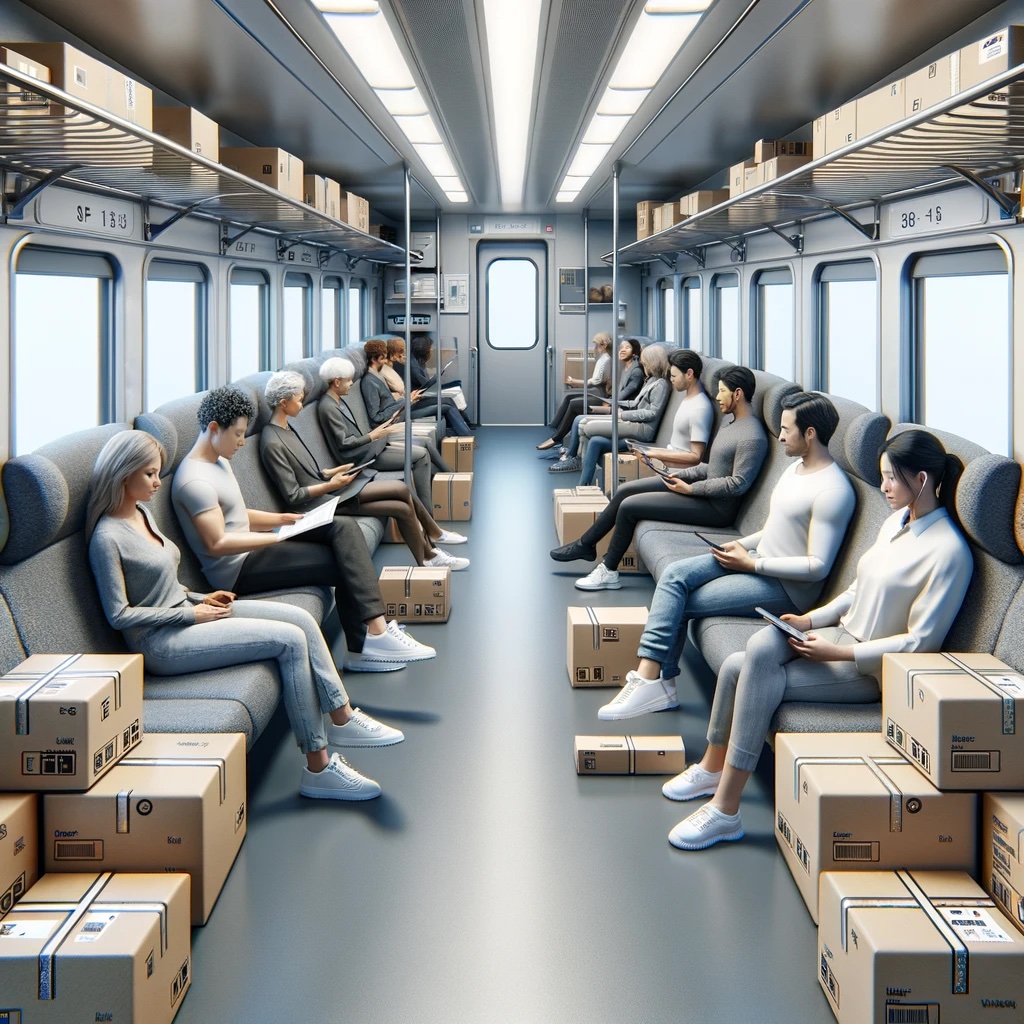While the idea may seem surprising or ambitious, it is not an April Fool's joke.
The concept of passenger trains also used for freight transport, as described in the Turboplan 2030, may initially seem unusual or even impractical, which could suggest an April Fool's joke. However, the proposal is based on serious research conducted by respected institutions such as TU Delft, TNO, and Royal HaskoningDHV, and supported by a motion passed by the House of Representatives. This indicates a real interest and research into the feasibility of this concept, rather than a joke.
Recent research by TU Delft, TNO and Royal HaskoningDHV into the possibilities for combining passenger and freight transport by train has reignited the discussion about the future of the Dutch railway network. The so-called 'Turbo plan 2030' proposes using intercity trains and sprinters, which are often understaffed outside peak hours, for the transport of light goods. This proposal, included in an exploratory report that was recently highlighted by various media, has both supporters and opponents.
The reason for this remarkable proposal is the motion by Members of Parliament Amhaouch and Ziengs, which was adopted in 2020. The motion calls for further research into the possibility of light freight transport in passenger trains during off-peak hours, an idea that arose from the observation of underutilization of trains outside peak hours.
The research team looked at the feasibility of this idea, including the technical and logistical challenges it poses. Although the idea seems simple at first glance – use the empty space in passenger trains to transport goods to reduce the number of trucks on the road – its implementation proves complex.
One of the biggest challenges is the infrastructure at the stations. Many stations are not equipped with the necessary facilities for loading and unloading goods, such as working elevators and baggage lifts. Most of the baggage lifts have been removed over the years, and the crossings, which could also aid loading and unloading, have been abolished for safety reasons.

The report discusses the feasibility of flexibly combining the transport of passengers and goods in passenger trains according to the TurboPlan 2030 mobility concept.
Another important point to consider is the time required for loading and unloading the goods, which should not lead to delays in passenger transport. The entire concept depends on the efficiency of these processes, given the tight schedules of the trains.
Turbo plan 2030
Despite the challenges, it emphasizes investigation report the potential of the Turbo Plan 2030. Better use of the capacity of the railway network by combining passenger and freight transport can contribute to more sustainable transport and the reduction of the number of trucks on the road. This would not only benefit the environment, but also reduce traffic congestion.
The proposal to combine passenger and freight transport in trains is not a unique concept. In the past, mail trains were already used to transport passengers in addition to mail. However, these were eventually replaced by trucks, which proved more flexible in reaching sorting centers.
While the discussion continues, it is clear that further research and possibly experimental implementations are necessary to determine whether the Turbo Plan 2030 is feasible. The Ministry of Infrastructure and Water Management and ProRail have taken the lead in this research, recognizing that innovative solutions are essential for the future of sustainable transport in the Netherlands.




